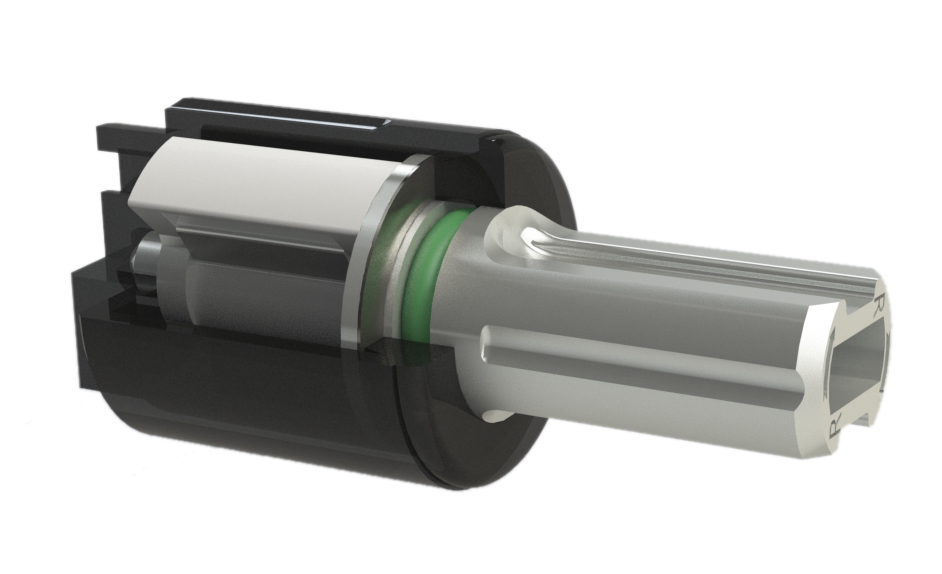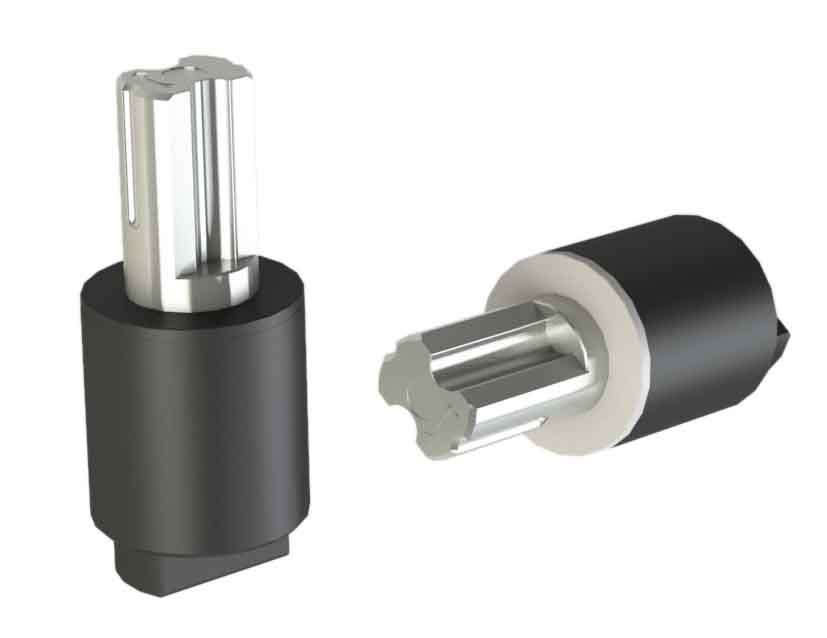The development of the first automotive retrofit system is driving the transformation of thousands of existing vehicles into fuel-saving, low-pollution power hybrid vehicles, including large trucks and buses.
The technology is called "Addzev" and is a collaboration between experts from the University of Oxford, University of Oxford, and the University of Oxford. It aims to develop a simple plug-in technology. It is reported that this new technology performed well in the final test conducted at the National Automotive Test Ground in Milbrook, England.
Using a standard light truck, the technology development team maintained the current conventional front-wheel drive diesel engine, but added an electric drive powered by an inexpensive, advanced lead-acid battery to the rear wheels. Nick Vaughan, a professor of automotive engineering at Grinnfield University who presided over the study, explained: “This means that when you operate the vehicle, you can make the rear wheel still act as a driven wheel, just like you did before the rebuild, or you can make it The wheels are not in operation, and only the rear wheels that use the power system are in operation.†This way, the trucks are transformed into hybrid vehicles that can achieve the capability of all electric vehicles, that is, they can drive more than 20 kilometers after a single charge.
The research team uses two liquid-cooled motors to provide power, with a maximum power of 100 kilowatts. It is mounted on the sub-frame below the rear floor of the vehicle. The retrofit system provides zero-emission urban driving speeds up to 60 kilometers per hour. A normal front-wheel drive diesel can provide power outside the city or at higher speeds. The driver can manually switch to electric and diesel mode while driving to achieve the best ultra-low emissions throughout the process.
Lead-acid batteries have been selected to replace the latest nickel-hydrogen and lithium-ion batteries because they are cheaper and easier to reuse, and their extra weight does not cause problems for commercial vehicles.
Thanks to its low-cost, additional zero-emissions feature, the test car has operated for 161,000 kilometers without any problems. The control software and power management system specifically designed by the researcher provide charging options through a diesel engine that is connected to the grid or generated and stored by the vehicle during driving.
Nigel Underdown, transportation director at the Energy Conservation Foundation of the United Kingdom puts forward his own suggestion: “Because carbon dioxide is produced in production, driving and distribution, changing your old car to new electricity or a hybrid car may not be necessary. It is the best sustainable solution. Retrofitting vehicles to make them more efficient and emit less carbon dioxide is a good solution."
Vaughan said: “The project has already demonstrated the unexploited environmental potential of converting existing urban vehicles into hybrid designs. Under the current economic situation, reducing CO2 emissions by gradually increasing new production vehicles will not be achieved in the short term. The large number of emission reduction requirements required. The goal of designing low-cost additional zero-emission vehicles is to demonstrate the extent to which existing urban vehicles can reach."
Andrew Adonis, the Minister of Transport of the United Kingdom, said that the purpose of this move is to make low-carbon vehicles on the road become part of people's lives within five years. He said: “This research shows that we can not only produce new, more environmentally friendly electric vehicles, but also can retrofit existing vehicles. This technology can even be applied to bus vehicles, which will help us reduce carbon emissions more. ."
View related topics: New energy vehicles: The magic weapon to deal with energy crisis
Rotary Damper is mainly aimed at damping control of the motion of some parts in the direction of rotation, ensure that the rotary motion is achieved in soft, silent and safe environment. Rotary damper according to the rotation angle, rotary damper can be divided into more than 360 degrees circular rotation angle and limit rotation angle. Different types according to the installation type of the product, rotary damper can be divided into Barrel Damper, Vane Damper, stop damper, Gear Damper , Disk Damper and Shaft Damper etc. ABD rotary dampers are used to dampen drives, control speed, and many other applications.
Our rotary dampers are widely used in automobile interior decoration, household electric appliances, furniture, invisible screens, theater seats and bathroom products, etc. ABD damper is conducive to performing structural movement in soft, silent and safe environment, mitigating impact load, avoiding strike damage, prolonging mechanical life, reducing noise disturbance, improving product quality and improve customer satisfaction.


Full inspection of all our products torque , guarantee the stability of the product torque. The company's salesmen after years of working in the market, ensuring the timeliness of feedback and customer service. Our company has a leading R & D team in the peer, our product has several patents, ensuring a steady stream of new product development for the company. At present, our company developed products are the first to peer object of imitation.
If you have any questions, please contact with us directly and we have the perfect after-sales service and technical support. We look forward to working with you side by side, to be a long-term partner whom you can trust.
Rotary Damper
Rotary Damper,Friction Rotary Dampers,Small Rotary Dampers,Large Rotary Dampers
Shenzhen ABD Equipment Co., Ltd. , https://www.abddamper.com

